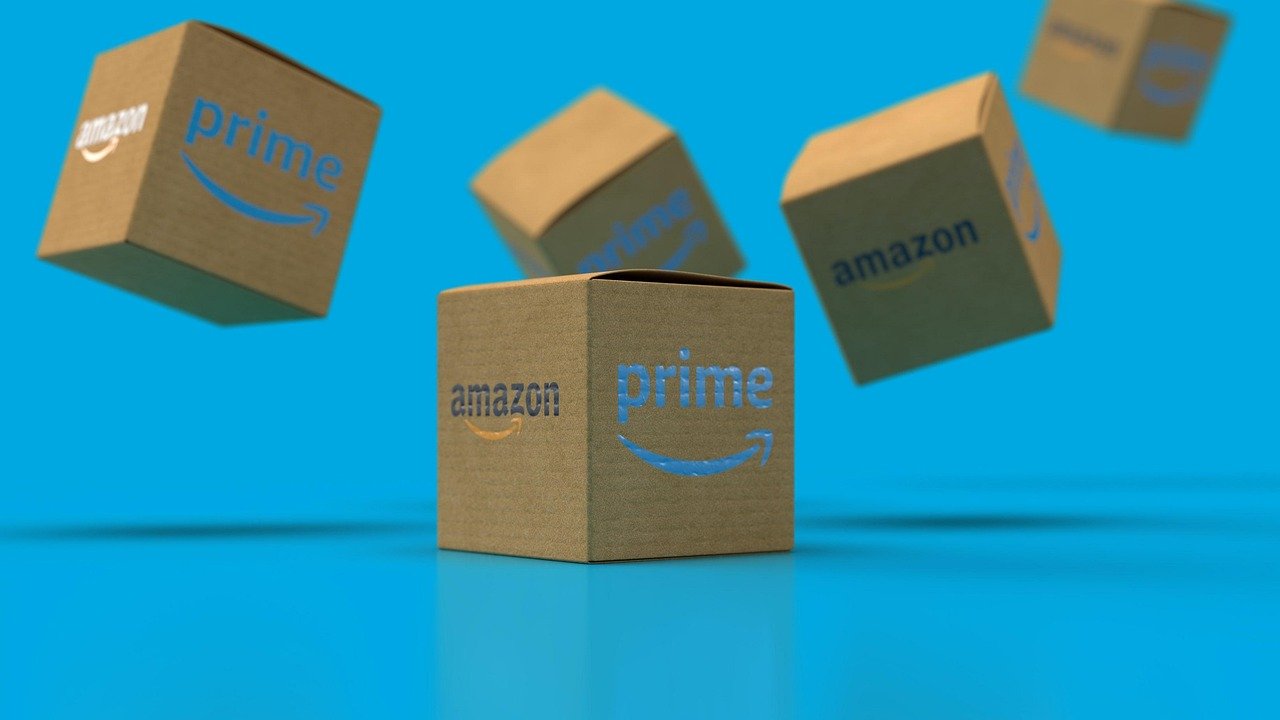A sudden rush of excitement, a countdown clock ticking relentlessly, and the undeniable urge to snag a deal before it vanishes – that’s the power of a flash sale. More than just a fleeting discount, a well-executed flash sale can revitalize your brand, clear out inventory, and attract a surge of new customers. But how do you harness this marketing tactic effectively? Let’s dive into the world of flash sales and unlock their potential for your business.
What is a Flash Sale?
Defining Flash Sales
A flash sale is a promotional event where products are offered at significantly discounted prices for a very limited time. This time-sensitive nature creates a sense of urgency and encourages immediate purchase decisions. Unlike ongoing promotions or seasonal sales, flash sales are short, intense bursts designed to generate high volume in a short period.
- Key Characteristics:
Limited time duration (typically hours or days)
Substantial discounts (often 20% or more)
Limited stock availability (sometimes for specific items)
High sense of urgency
Why Run a Flash Sale?
Flash sales offer a multitude of benefits for businesses of all sizes. Strategically implemented, they can boost your bottom line and enhance your brand image.
- Benefits of Running Flash Sales:
Increased Sales Volume: The discounted prices and time pressure drive higher conversion rates.
Inventory Clearance: Effectively move out old or slow-moving stock.
New Customer Acquisition: Attract price-sensitive customers who might not otherwise discover your brand.
Boosted Brand Awareness: Generate buzz and excitement around your brand through social media and word-of-mouth.
Enhanced Email List: Incentivize sign-ups by offering early access or exclusive deals to subscribers.
Data Collection: Gain valuable insights into customer preferences and buying behavior.
Planning Your Flash Sale Strategy
Defining Your Goals
Before launching a flash sale, clearly define what you want to achieve. Are you aiming to clear out old inventory, attract new customers, or boost overall revenue? Your goals will dictate your strategy.
- Examples of Flash Sale Goals:
Increase website traffic by 50% during the sale period.
Acquire 1000 new email subscribers.
Sell through 80% of your summer clothing line.
Boost overall sales by 30% compared to the previous week.
Choosing the Right Products
Selecting the right products for your flash sale is crucial for success. Consider items that are popular, have a good profit margin, or need to be cleared out quickly.
- Tips for Product Selection:
Analyze Sales Data: Identify best-selling products and items with high profit margins.
Consider Seasonality: Promote seasonal items towards the end of the season to clear inventory.
Bundle Products: Offer bundled deals to increase the average order value.
Highlight Popular Items: Create a sense of scarcity by featuring limited quantities of popular items.
Setting the Discount Percentage and Duration
Finding the sweet spot for discount percentage and duration is key to maximizing your flash sale’s effectiveness. A discount that’s too small won’t attract enough attention, while one that’s too large might erode your profit margins.
- Factors to Consider:
Profit Margins: Calculate the minimum discount you can offer while still making a profit.
Competition: Research the discounts offered by your competitors.
Product Type: Higher-priced items may require a larger discount to incentivize purchase.
Duration: Consider a shorter duration (e.g., 24 hours) for high-demand items and a longer duration (e.g., 3 days) for slower-moving products. Data suggests flash sales lasting 24-48 hours generally perform best.
Promoting Your Flash Sale
Email Marketing
Email marketing remains one of the most effective ways to promote your flash sale. Segment your email list and send targeted messages to different customer groups.
- Email Marketing Strategies:
Early Access: Reward loyal customers with early access to the sale.
Countdown Timers: Use countdown timers in your emails to create a sense of urgency.
Compelling Subject Lines: Use attention-grabbing subject lines that highlight the discount and limited time. Examples: “FLASH SALE! Up to 70% Off – Ends Tonight!” or “Exclusive Flash Sale – Just for You!”.
Personalized Messages: Tailor your email messages to reflect the customer’s past purchases or browsing history.
Social Media Marketing
Leverage social media platforms to reach a wider audience and generate buzz around your flash sale.
- Social Media Strategies:
Create Engaging Content: Use eye-catching visuals and compelling copy to promote the sale.
Run Contests and Giveaways: Encourage engagement by running contests and giveaways related to the flash sale.
Use Relevant Hashtags: Utilize relevant hashtags to increase the visibility of your posts. Examples: #FlashSale #LimitedTimeOffer #Deals #Sale #Discount.
Paid Advertising: Consider using paid advertising on social media to reach a larger audience.
Influencer Marketing: Partner with relevant influencers to promote your flash sale to their followers.
Website Banners and Pop-ups
Make sure your website clearly promotes the flash sale with prominent banners and pop-ups.
- Website Promotion Tips:
Eye-Catching Banners: Use visually appealing banners that highlight the discount and limited time.
Strategic Pop-ups: Use pop-ups to announce the sale and capture email addresses.
Countdown Timers: Display a countdown timer on your website to reinforce the sense of urgency.
Clear Call-to-Action: Use clear and concise call-to-action buttons to encourage purchases.
Managing Your Flash Sale Effectively
Website Performance and Scalability
Ensure your website can handle the increased traffic volume during the flash sale. Test your website’s performance and scalability to avoid crashes or slow loading times.
- Website Optimization Tips:
Optimize Images: Compress images to reduce loading times.
Use a Content Delivery Network (CDN): Distribute your website’s content across multiple servers to improve loading times.
Cache Your Website: Enable caching to reduce the load on your server.
Monitor Website Performance: Use website monitoring tools to track performance and identify potential issues.
Inventory Management
Accurate inventory management is crucial to avoid overselling or running out of stock. Track your inventory levels closely and be prepared to replenish stock if necessary.
- Inventory Management Strategies:
Real-time Inventory Tracking: Implement a real-time inventory tracking system.
Set Stock Limits: Set stock limits for each product to avoid overselling.
Plan for Replenishment: Have a plan in place to replenish stock quickly if necessary.
Customer Service and Support
Provide excellent customer service and support during the flash sale. Be prepared to answer questions quickly and resolve any issues promptly.
- Customer Service Tips:
Increase Support Staff: Increase your support staff during the sale to handle the increased volume of inquiries.
Provide Clear Information: Provide clear and concise information about the sale terms and conditions.
Respond Quickly: Respond to customer inquiries quickly and efficiently.
Offer Multiple Support Channels: Offer multiple support channels, such as email, phone, and live chat.
Analyzing Your Flash Sale Results
Key Performance Indicators (KPIs)
After the flash sale is over, analyze your results to determine its success. Track key performance indicators (KPIs) to gain insights into what worked well and what could be improved.
- Important KPIs:
Sales Revenue: Track the total revenue generated during the flash sale.
Conversion Rate: Measure the percentage of website visitors who made a purchase.
Average Order Value (AOV): Calculate the average value of each order placed during the sale.
Website Traffic: Monitor the number of visitors to your website during the sale.
Email Open Rate and Click-Through Rate (CTR): Track the performance of your email marketing campaigns.
Customer Acquisition Cost (CAC): Calculate the cost of acquiring new customers during the sale.
Gathering Customer Feedback
Collect customer feedback to understand their experience with the flash sale. Use surveys, reviews, and social media monitoring to gather insights.
- Feedback Collection Methods:
Post-Sale Surveys: Send out post-sale surveys to gather customer feedback.
Review Monitoring: Monitor online reviews to identify areas for improvement.
* Social Media Monitoring: Track social media mentions to understand customer sentiment.
Applying Lessons Learned
Use the insights gained from your analysis to improve future flash sales. Identify areas where you can optimize your strategy and refine your approach.
Conclusion
Flash sales, when executed strategically, can be a powerful tool for driving sales, clearing inventory, and attracting new customers. By carefully planning your strategy, promoting your sale effectively, and managing your operations efficiently, you can unlock the full potential of flash sales and achieve significant results for your business. Remember to analyze your results and apply the lessons learned to continuously improve your flash sale performance. The next countdown is just around the corner – are you ready?



